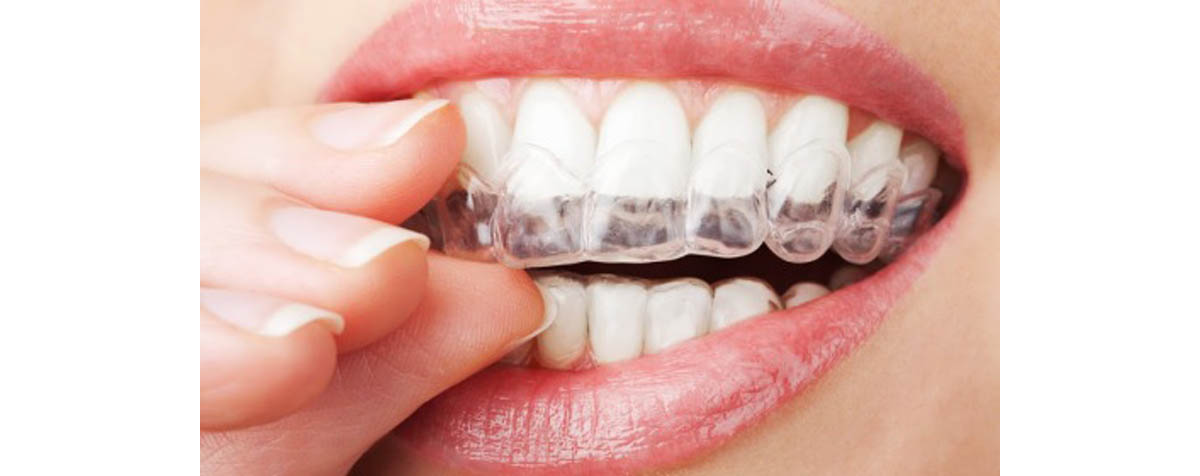Table of Contents
Current tooth bleaches are composed of either carbamide peroxide, which evolves hydrogen peroxide in the mouth, or of hydrogen peroxide itself. Where carbamide peroxide is the bleach, it is present in much greater concentrations to produce sufficient quantity of hydrogen peroxide. So bleaching gel contains between 10% and 44% carbamide peroxide, in order to produce 3% to 16% hydrogen peroxide concentration.

As well as being used by professionals, these agents are available in varying concentrations in home use kits.
(Dentists may use light activation which is alleged to enhance and quicken the bleaching process).
Hazards of bleaching
Hydrogen peroxide bleaches have the potential to give chemical burns to soft tissues in the mouth like the gums. For this reason dentists will often apply a barrier to the soft tissues to protect them.
Light activation can be hazardous as it increases the temperature of the teeth which could damage the tooth pulp, which contains the blood vessels which keep the tooth alive.
Increased sensitivity of the teeth to hot and cold is common following bleaching and can be very painful in some people.
Other aspect to consider
Bleaching is not permanent and will last for varying periods of time in different people, but at best it will be up to a few months.
Bleaching does not produce a good result for all discolored teeth - depending on their shade of discolour. Teeth that are yellowed produce the best results followed by brownish discolored teeth. Those of a grayish shade respond least well to bleaching.
Use of tooth bleaches may produce uneven results. An early stage in the development of tooth decay is for the tooth substance to lose its calcium concentration (decalcification) which leaves a dark spot. This might not be very visible to the untrained eye before bleaching, but afterwards may be much more noticeable against the surrounding whitened tooth.
Similarly when white tooth fillings are used, the dentist often colors them to match the surrounding tooth substance, so that they blend in well.
Teeth may appear dark due to the presence of large amalgam (mercury-containing metal) fillings which ‘shine’ through the thinned enamel. No amount of whitening or bleaching will change their appearance and the only solution would be to swap the filling for a different material, or restorative technique from your dentist.
Your dentist will be able to advise you if any of these warnings apply to you.
Home bleaching
The ADA gives its Seal of Acceptance to products which meet their standards of effectiveness and safety. So either consult their website (see ‘Links’ below) or speak to your own dentist before choosing a product for home use.
- www.nature.com/bdj/journal/v204/n9/full/sj.bdj.2008.291.html
- www.mouthhealthy.org/en/az-topics/w/whitening.aspx
- www.emedicine.medscape.com/article/1076389-overview#aw2aab6b2b3
- www.health.com/health/article/0,,20410846,00.html
- Photo courtesy of Local photos by Picasa : lh3.googleusercontent.com/-t__m_IRyuac/T4Bw2B7a3WI/AAAAAAAJE_w/mW4xVOdwzyc/s473/Teeth%2520whitening%2520liverpool%2520cosmetic%2520dentist%2520invisalign%2520braces.jpg
- Photo courtesy of ThermalDent by Picasa : lh6.googleusercontent.com/-emYoUwF5hqo/UbwZkMcR_PI/AAAAAAAAAH8/GRw55AHI2V4/s800/teeth-whitening.jpg
- www.emedicine.medscape.com/article/1076389-overview#aw2aab6b2b3
- www.mouthhealthy.org (ADA website)


Your thoughts on this